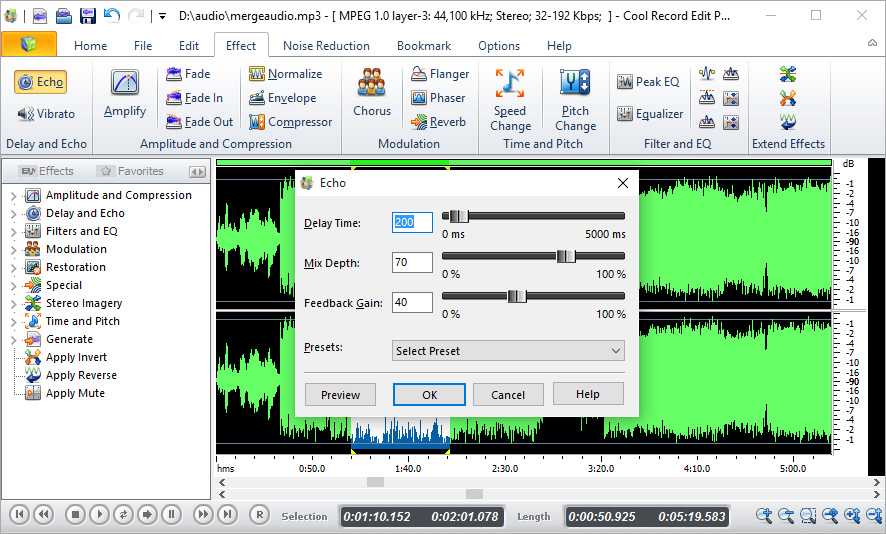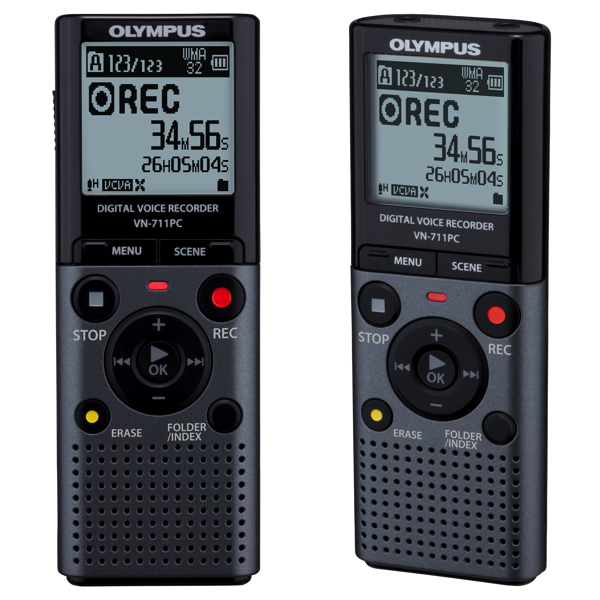
It sort of makes anything possible and has earned it the headline of “Photoshop for sounds.” With Melodyne, you can now edit a single note in a strummed chord. It’s impressive on a solo melody but it’s like sorcery when it does the same thing to polyphonic instruments. You give it a piece of audio and it graphically pulls notes out into an editor for manipulation.

It’s quite fascinating to watch Melodyne work. And this is not necessarily all about the vocals, it can just as well be about solo instruments and polyphonic instruments, too. The algorithms Celemony have developed grasp the feel of the music to enable it to achieve quite extraordinary acoustic faithfulness. It has the ability to somehow work with a sense of musical and emotional intelligence. Melodyne comes at pitch correction in a completely different way.
WHAT IS THE BEST VOCAL RECORDING SOFTWARE PRO
The Live version is tailored to what you’d need in a live performance situation and the Pro version has it all (and so much more) for the ultimate pitch correcting studio plug-in. EFX has most of the stuff you need for keeping your vocals in check. There’s even an Auto-Tune Classic mode which emulates the sound of version 5 that produced the processed vocal sound so frequently associated with this product.Īuto-Tune is undoubtedly the king of hands-off vocal correction and comes in three versions. The other side is Auto-Tune is happy to be pushed into wide extremes of quantizing, vocal mangling, and retuning. Of course, all these things are aimed at correcting and perfecting vocals. It keeps you in tune without any processing lag or delay.

In Low Latency Mode, Auto-Tune becomes your perfect live performance companion, either on stage or in the studio. Then a Humanize function will bring about a more natural and transparent correction of sustained notes. Flex-tune will preserve a singer’s expressive gestures while still bringing them perfectly into tune. You can vary the length of the throat to alter the timbre of the sound. These ensure the changes to the pitch remain completely believable and tweakable. There are other factors such as Formant Correction, Throat Modeling, and Flex-tune. This means you can apply edits to sections of a track without having to run the whole thing through the plug-in.Īuto-Tune is not solely about pitch. One of the new Pro features is it supports the ARA (Audio Random Access) protocol which allows for greater integration and exchange of information between the track and the plug-in. It does have a graphical mode that allows for direct editing upon each note in a vocal line. When it brings things together for you in a mix, magic is exactly what it feels like. Its strength is in its Auto Mode, where you simply set some parameters, key, and tolerance and let Auto-Tune work its magic. The focus is very much on vocals and the development into the Pro version has brought with it many tools and enhancements to ensure the result is as human and natural as possible. It operates as a plug-in inserted upon a vocal track and processes the audio directly on playback. They have recently introduced a brand-new version called Auto-Tune Pro, which replaces version 8 as their premium product. As they say themselves, it’s the “world standard in pitch correction and vocal processing.” Well, of course, this has to be the first thing to talk about.

WHAT IS THE BEST VOCAL RECORDING SOFTWARE SOFTWARE
Here are our tips on the best software for dealing with your vocal mishaps. So, the term “Auto-Tune” has become part of our language but can cover a range of products from many manufacturers. Auto-Tuning is a helpful tool, a creative process and usually makes us sound great! What’s not to like?Īuto-Tune is a software plug-in and hardware audio processor made by Antares but it has become synonymous with the correcting of vocals since the 1998 Cher track “Believe,” where it was used to excess. The technology is so good these days there’s also scope for a certain amount of melody reworking and musical changes that would only previously be possible by recording the whole session again. It saves a lot of time and money and is so nuanced these days it’s unnoticeable (unless you want it to be) because the technology also offers interesting ways of processing vocals to get a particular sound.

The reality is tuning vocals in post-production has become a normal and accepted process. When so many of our instruments are digitally tuned and precisely recorded a wayward voice can seem a bit too distracting in an otherwise perfect mix. In the vast majority of cases though, it simply allows the Producer or Engineer to fix the odd tuning issue. Some may say it results in the ruination of natural talent and the bypassing of natural selection. It has empowered vocal performers to punch above their weight and get away with it. Auto-tune is often seen as either a blessing or a curse.


 0 kommentar(er)
0 kommentar(er)
